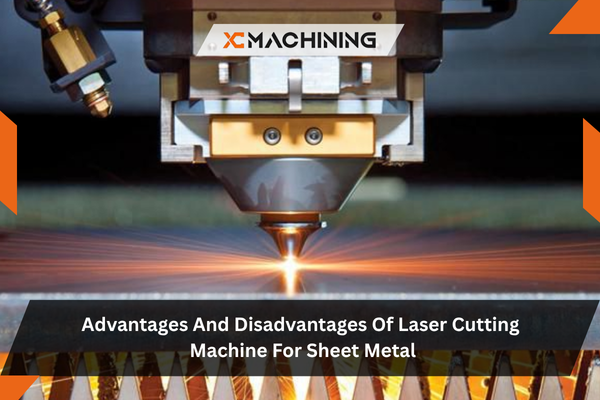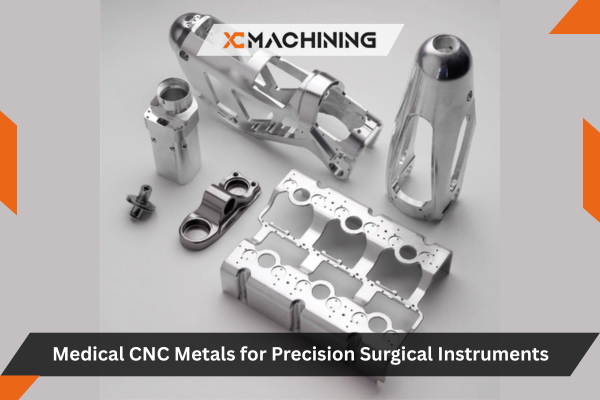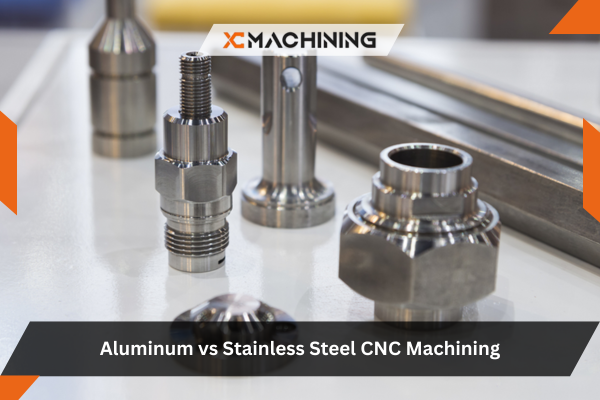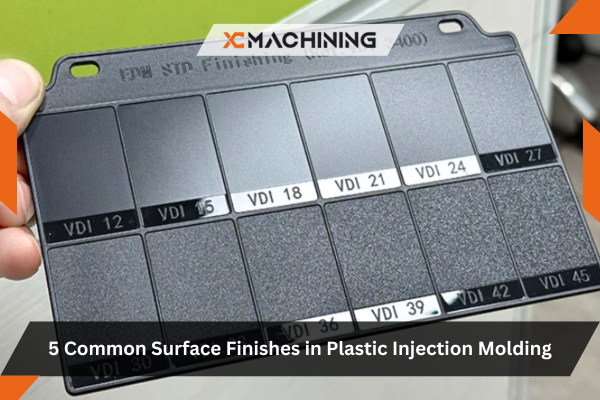Laser cutting has revolutionized material cutting and shaping techniques. A strong beam of light accomplishes all the heavy work instead of depending on mechanical blades or chemical procedures. If you’re thinking about using a laser cutting machine for sheet metal or hobby requirements, you probably are debating the true benefits and drawbacks. Are the results worth the cost? Will you need a special setup or specific safety measures? Throughout this article, we’ll explore exactly why laser cutting stands out among other methods. We’ll also look at areas where it might fall short. By the end, you’ll know if this approach lines up with your goals or if another cutting method suits you better.
Why Laser Cutting Machine For Sheet Metal Matters
Laser cutting isn’t just a fancy trick. It’s a precise way to slice through metals and plastics, and it uses concentrated light energy. Whether you run a small business or a large factory, it can save time and minimize waste. With a laser cutting machine for sheet metal, projects often reach completion faster.
Reduced Manual Labor
Traditional cutting methods can be labor-intensive. In contrast, lasers automate much of the process. One operator can manage multiple jobs at once simply by programming the machine. This efficiency reduces the need for multiple hands on deck, saving both time and money.
Diverse Material Options
Although many people say “laser cutting machine for sheet metal,” these beams handle plastics, wood, acrylic, and more. This versatility is useful if your company or workshop tackles multiple tasks. With the right settings, switching from a metal to a non-metal project can be quick and easy.
Clean Cutting Edges
A strong perk is the neat finish you get on the edges. Thanks to high-precision beams, cuts are smooth with minimal burrs or roughness. This typically cuts down on sanding or grinding afterward, which in turn boosts productivity and reduces post-processing steps.
What Is Laser Cutting Technology?
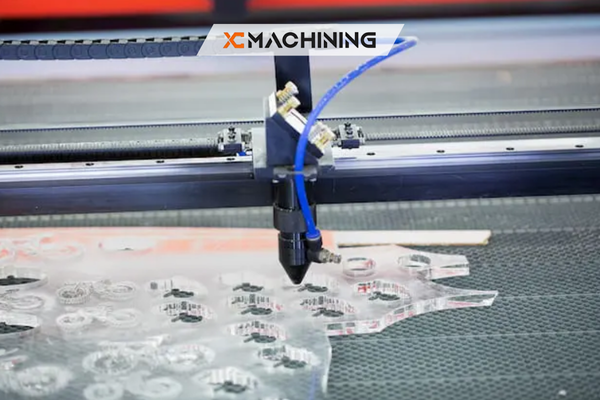
Laser cutting technology harnesses intense light to melt, burn, or vaporize material along a programmed path. Unlike mechanical tools, lasers never make physical contact with the workpiece. That means less wear and tear on the cutting “tool” since the beam doesn’t dull like a blade.
A laser cutting machine for sheet metal often uses one of three laser types: CO₂, fiber, or Nd:YAG. CO₂ lasers excel at cutting non-metals but can also handle certain metals. Fiber lasers work well with reflective or thinner metals. Nd:YAG lasers are known for extremely fine, precise work.
- Info: Fiber lasers are favored for metal-heavy industries. They tend to be more energy-efficient and can zip through stainless steel, aluminum, or even brass with minimal reflectivity issues.
The core idea is simple: The laser beam follows a digital design, focusing intense heat where needed. As the material melts or vaporizes, assist gas often blows away the debris. This leaves a clean kerf (cut gap) and a finished piece that’s ready for assembly or further processing.
The Big List Of Advantages
When it comes to a laser cutting machine for sheet metal (and other materials), the advantages are numerous. Let’s break down the highlights.
High Precision And Accuracy
Lasers excel at accuracy, often reaching tolerances in the range of thousandths of an inch. Such fine detail means you can cut intricate shapes, which is great for decorative elements or highly specialized parts that must fit perfectly together.
- Quick Tip: Always calibrate your machine before starting a critical job. Even a slight misalignment can affect accuracy, especially on very tight designs.
Speed And Efficiency
Compared to mechanical cutting or manual methods, lasers are typically faster. They can glide through thinner sheets at impressive speeds, helping you finish more pieces in less time. This boost in output can be a game-changer for businesses juggling multiple orders or tight deadlines.
Minimal Waste
Because the beam is so narrow and precise, the kerf width is small. You won’t lose large chunks of material to cutting. This precision helps optimize your sheet layout, letting you nest parts closer together and reduce waste.
Cleaner Working Environment
Traditional cutting can create dust, metal shavings, or coolant spills. A laser cutting machine for sheet metal generates much less debris—usually just small molten sparks or fumes. With proper ventilation, you keep the workspace cleaner and safer for operators.
Broad Material Compatibility
Yes, metals are the main target, but lasers also tackle a wide range of plastics, wood, cardboard, and composites. This versatility lets you run diverse projects on one machine. It’s convenient for shops that switch between prototypes, signage, and production parts.
Disadvantages You Should Know
While there are many benefits, laser cutting isn’t perfect. Below are the core downsides that might sway your decision.
1. High Initial Investment
Advanced technology often comes with a hefty price tag. A quality laser cutting machine for sheet metal can cost tens or even hundreds of thousands of dollars. Installation fees, software licenses, and training add up quickly, making it a tough purchase for smaller businesses or hobbyists on a budget.
2. Ongoing Operating Costs
Regular maintenance is essential. You’ll need to replace focusing lenses, mirrors (if it’s a CO₂ system), and occasionally the laser source if it degrades over time. Assisting gases like oxygen or nitrogen also increases operational expenses. Failing to budget for these can lead to unexpected financial strain.
3. Safety Concerns
High-powered lasers pose serious risks. Incorrect use can lead to severe burns, eye damage, or fires. Proper safety gear, protective enclosures, and training are mandatory. This means additional setup costs and strict protocols that might slow down production if not managed efficiently.
4. Reflective Materials Pose Challenges
Metals like copper, brass, and certain aluminum alloys reflect laser beams. A standard laser cutting machine for sheet metal could struggle unless it’s specifically designed for reflective surfaces. Fiber lasers are better at handling reflection, but they also come at a premium price.
5. Material Thickness Limits
Although some industrial lasers cut steel over an inch thick, each machine has its limits. The thicker the metal, the more time and power it takes to slice through. At a certain point, other methods like plasma or water jet might be more efficient or cost-effective.
Key Considerations Before Buying: Business Scale
Is your shop producing hundreds of parts daily, or are you a small startup with occasional custom jobs? High-volume operations might recoup the cost of a laser cutting machine for sheet metal faster. Smaller shops could find themselves overwhelmed by monthly payments and upkeep.
Material Focus
What do you cut most often? If you deal with mild steel, stainless steel, and aluminum, a mid-range fiber laser might suffice. But if you’re constantly switching to plastics or wood, you might need a dual-purpose system or a CO₂ laser that handles a wider array of materials.
Space And Ventilation
Lasers need adequate room for safe operation. They also require ventilation or an exhaust system to remove fumes and airborne particles. Plan for extra space if you’re working with large sheets or an industrial-sized machine.
Comprehensive Overview Of Advantages And Disadvantages
Below is a table summarizing the main pros and cons of using a laser cutting machine for sheet metal (and other materials). It’s a handy reference if you need to compare against alternative cutting methods.
| Advantages | Disadvantages |
|---|---|
| High-precision and detailed cuts | High initial investment costs |
| Fast production rates for thin materials | Ongoing expenses (maintenance, assist gas, parts) |
| Reduced waste due to narrow kerf width | Safety risks (laser radiation, fumes, fire hazards) |
| Cleaner work environment with fewer contaminants | Reflection issues on certain metals (e.g., copper) |
| Broad versatility across multiple materials | Thicker materials may require more time and power. |
| Minimal mechanical wear (no blades to replace) | The potential learning curve for new operators |
Industries Embracing Laser Cutting
Laser cutting isn’t confined to just one niche. Here are a few industries reaping the benefits:
- Automotive: Quickly produce body panels and brackets with tight dimensional accuracy.
- Aerospace: Manufacture lightweight parts for aircraft and spacecraft, where precision is critical.
- Electronics: Cut metal housings for circuits or small, detailed components without mechanical stress.
- Architecture: Design intricate facades or interior accents for sheet metal using a laser cutting machine.
- Signage And Art: Craft elaborate text, shapes, or artistic pieces in a fraction of the time compared to manual methods.
Future Outlook
The laser cutting industry continues to evolve. Machines are becoming more efficient, producing higher power output with lower energy consumption. Meanwhile, advanced features like automatic part loading, artificial intelligence for parameter optimization, and remote monitoring are making operations smoother.
As technology grows, the price barrier may drop, allowing more small businesses to adopt a laser cutting machine for sheet metal. The synergy with digital design tools also means we’ll see more complex shapes and custom solutions. In short, laser cutting is poised to remain a go-to method in fabrication for years to come.
- Fact: According to Marketsand Markets, the global laser cutting market is projected to continue its steady growth, fueled by increased demand in industries like automotive, aerospace, and consumer goods.
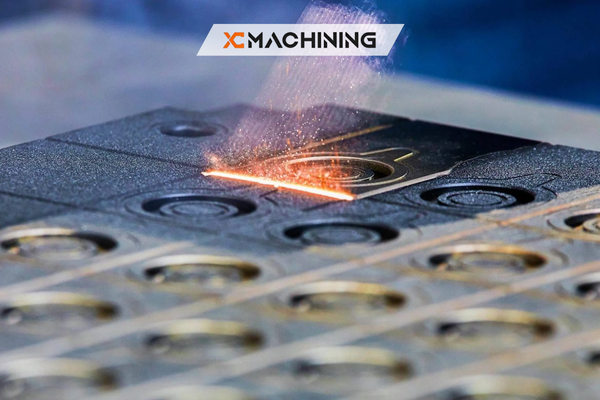
Conclusion
With exact, clean cuts, higher production speeds, and less material waste all of which help to simplify your workflow laser cutting. Though not flawless, either. A laser cutting machine for sheet metal can have a large upfront cost; hence, you will also have to be careful with maintenance. Reflective materials can potentially present additional difficulties.
Investing in laser cutting could pay off if your operation calls for complex forms, continuous manufacturing runs, or the flexibility to alternate metals and non-metals. Smaller stores that cut infrequently or handle particularly thick plates may find waterjet or plasma cutting more sensible. Analyze your particular requirements, perform the calculations, and you will find which method best fits.
FAQs
How does a laser cutting machine for sheet metal compare to a water jet?
Lasers offer faster speeds and cleaner edges on thin to medium metals. Waterjets handle thicker materials and don’t introduce heat but are generally slower and can be messier.
Can lasers cut reflective metals like copper?
They can, but a fiber laser is usually recommended. Reflective metals pose challenges for CO₂ lasers, as the beam can bounce back and damage the machine.
Will a laser cutting machine for sheet metal handle acrylic or wood?
Absolutely. Many lasers are versatile enough to cut plastics, wood, and other non-metal materials. Adjust settings (power, speed, gas pressure) accordingly to avoid scorching or melting.

